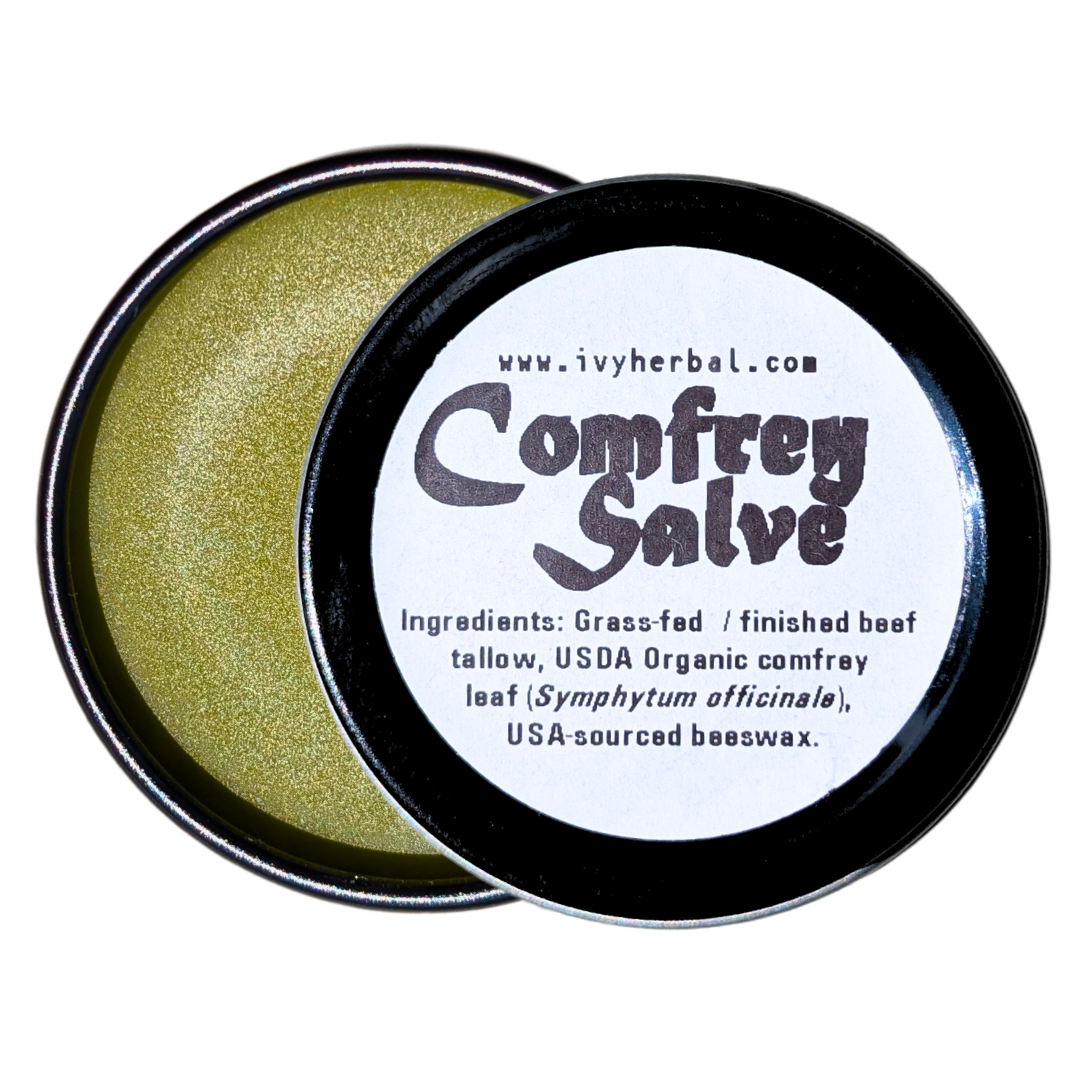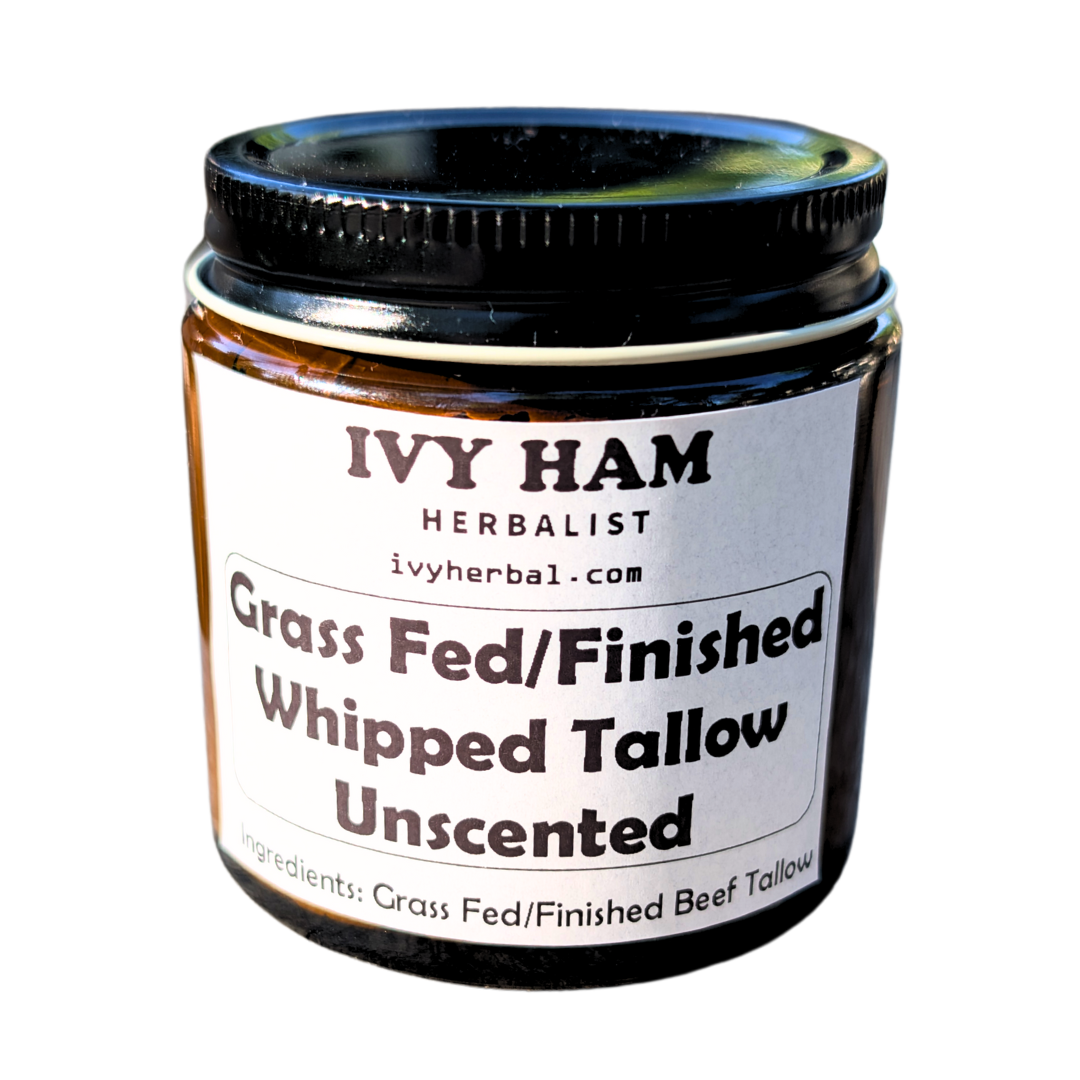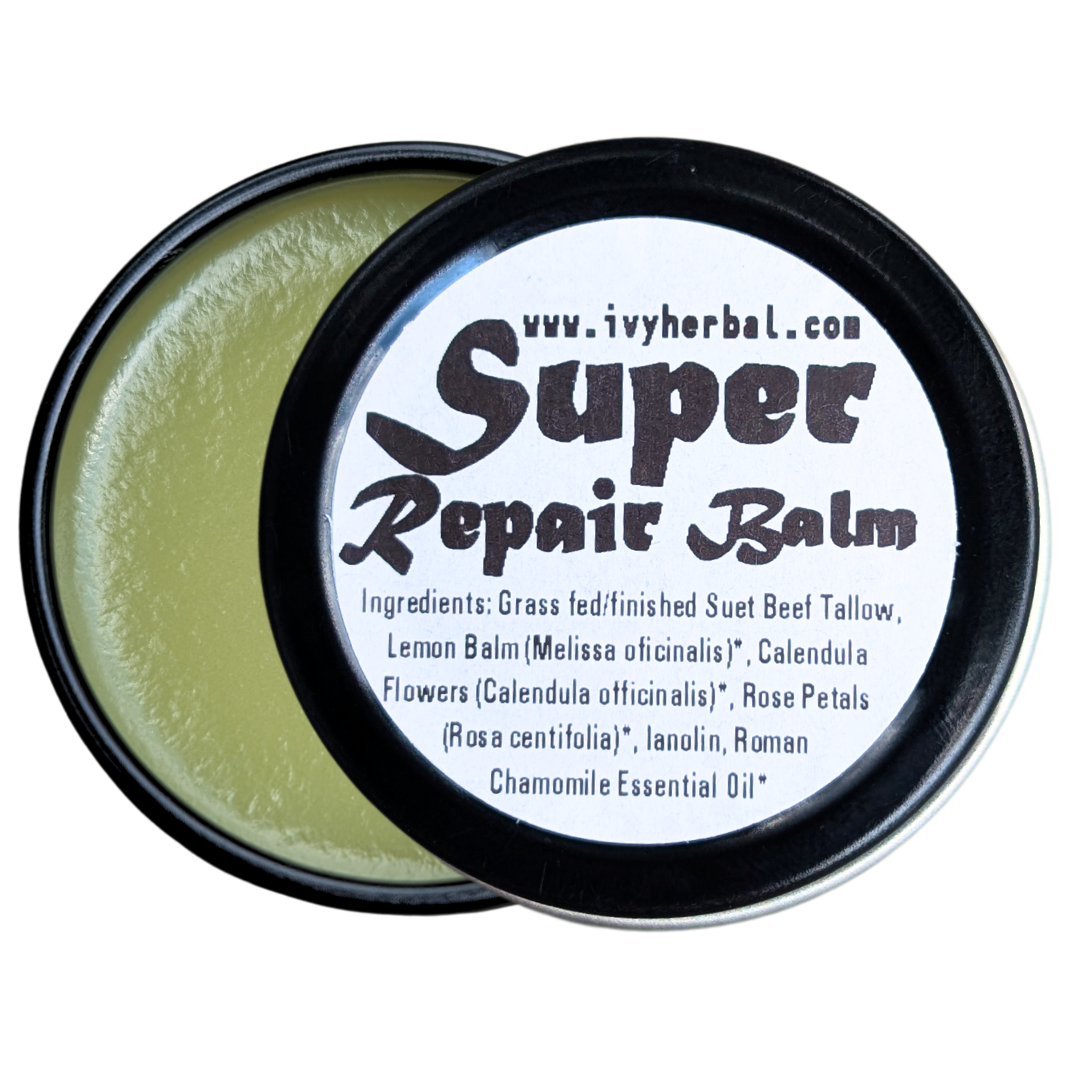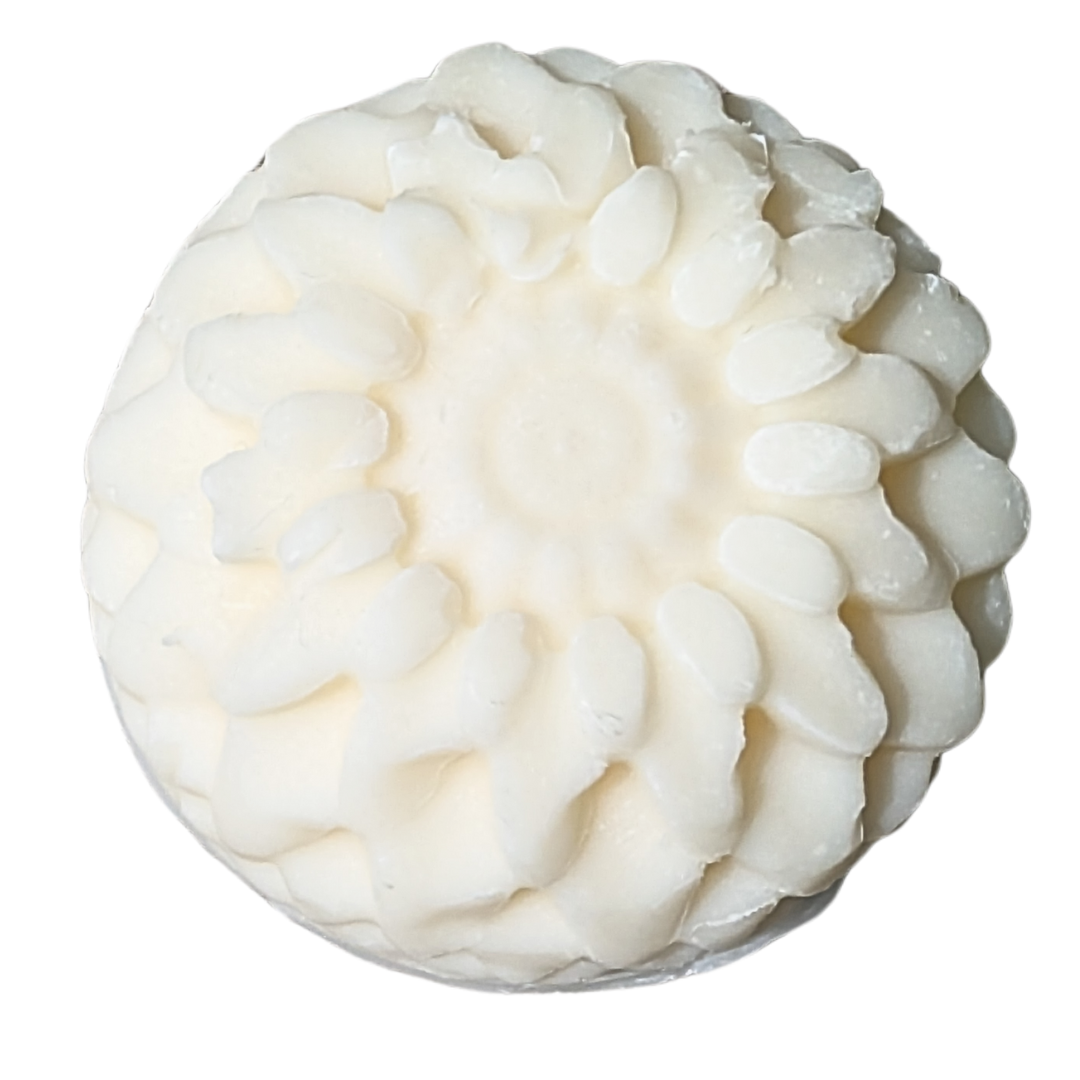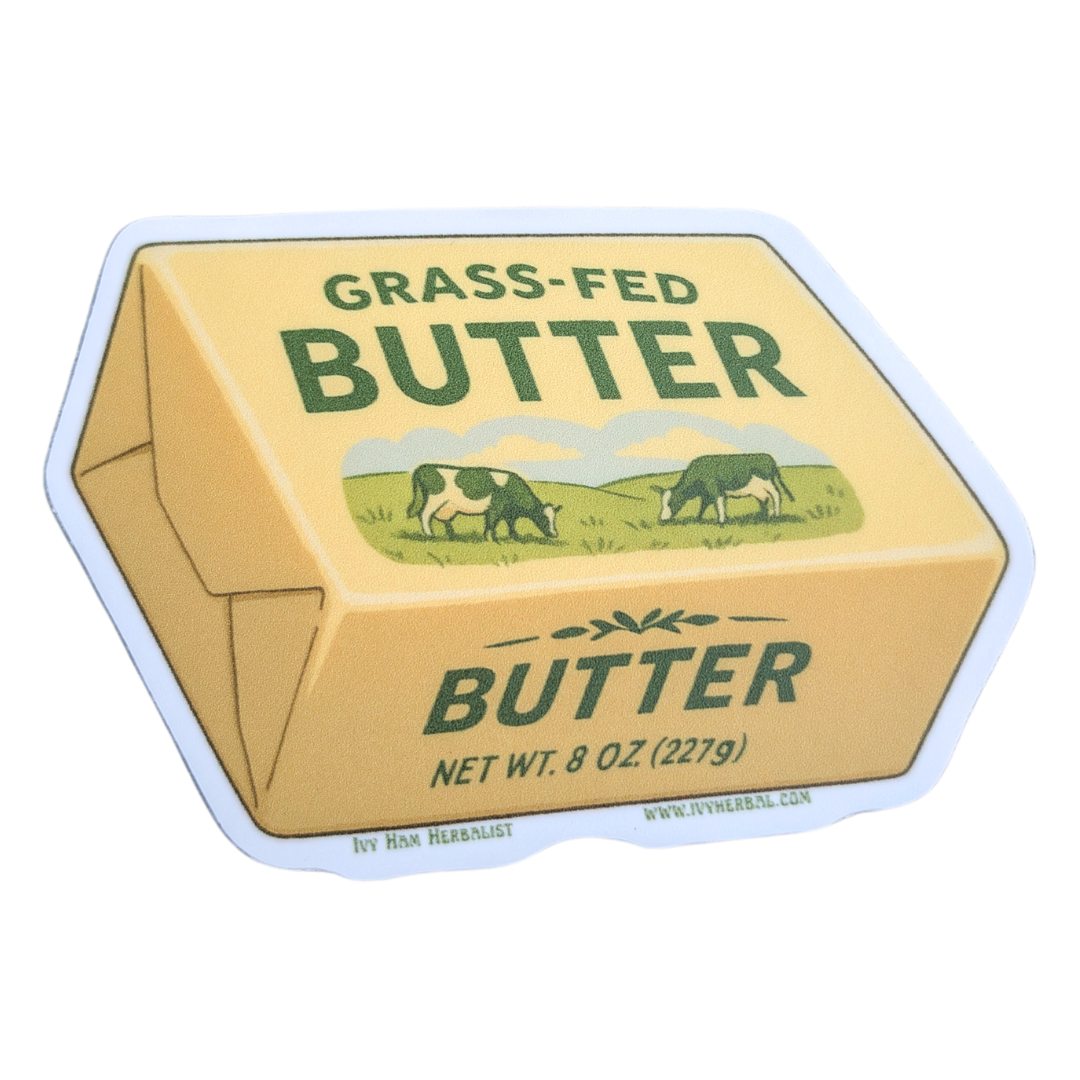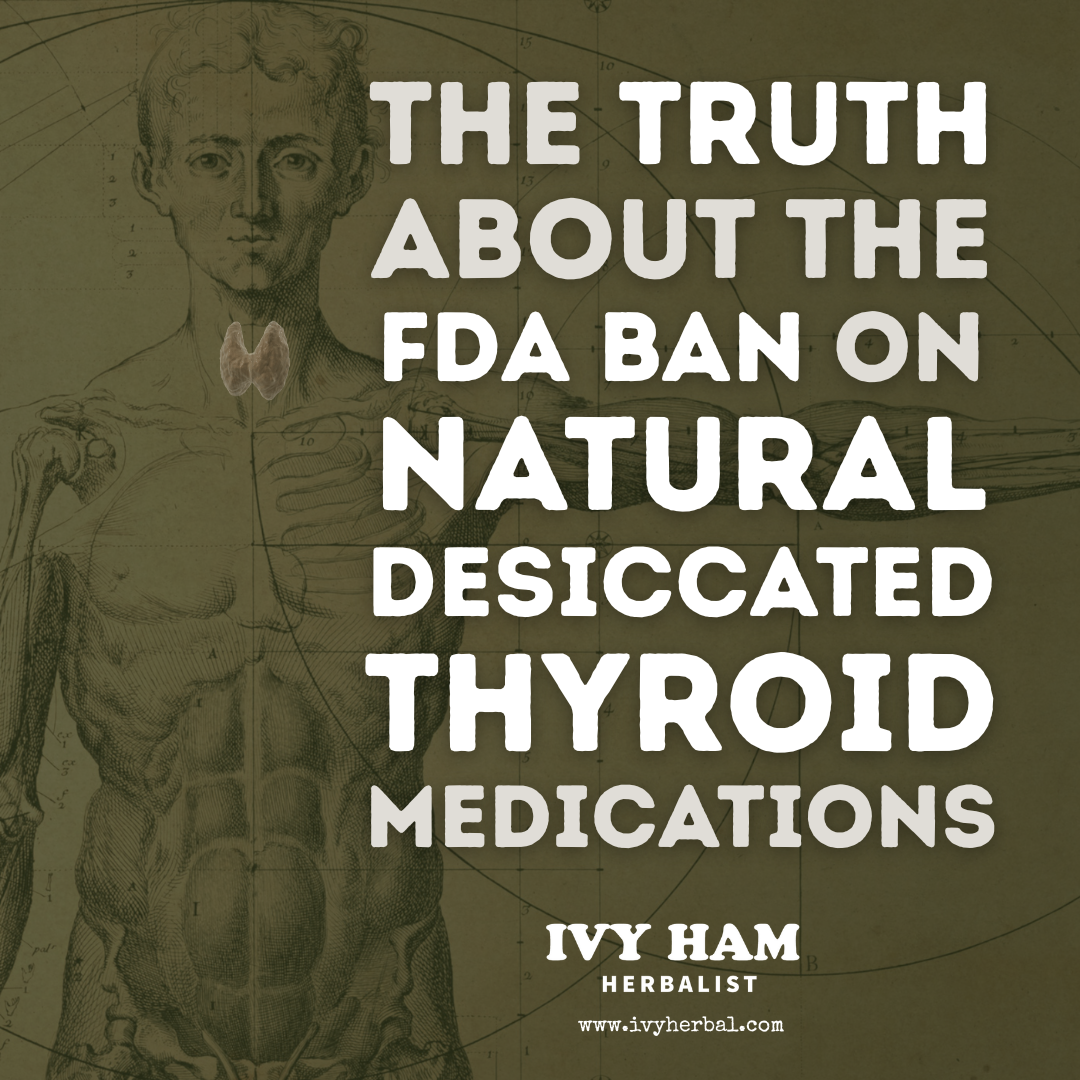Is Lab-Grown Meat Safe?
Lab-grown meat is hot on the scene, and people are having mixed feelings about its possible benefits, safety profile and whether or not it should be allowed. Some countries and states in the US have even banned its sale for various reasons (Florida, Alabama, temporarily Texas, and Italy), which has likely fueled some of the controversy.
Years back when Rob and I were vegetarian, we were actually really excited about lab-grown meat becoming available, thinking that it would be more ethical than eating real animals. If you’ve read some of my other articles, you’ll know that we are no longer vegetarian and in hindsight, that period was one of our least healthy, despite getting all our macros and taking all the necessary vitamins to compensate for the lack of animal products.
Anyway, I’ve been seeing a lot of theories floating around about how lab-grown meat is possibly being made with cancer cells since they replicate so easily or that eating this “meat” will give you cancer or some other health issue. The validity of these theories has no impact on my choices since I’m choosing not to consume it due to lack of trust in the corporations who are making it, and there’s really no possible way it can be as nutritious as real meat. Regardless, I figured I’d look into it and let you guys know what I found. I hope this information is thought provoking, or at least interesting.
Please do your own research on anything you are thinking about consuming, whether that be food, baby formula, hygiene products or even clothing. At almost every grocery store, the vast majority of the products sold there are owned by mega-corporations. This is a huge problem because these companies are pretty much only liable to build maximum profits for their shareholders, which often puts product safety on the back burner as a result.
I believe this issue is also why so many products have been having safety issues in recent years (E. coli outbreaks, heavy metals & pesticide contamination, safety issues, etc.). In contrast, small, family-owned businesses where the people care about your health and safety in using their products are rarely included on the grocery store shelf. We are only given the illusion of choice.
If you’ve never heard of this issue, I highly recommend you watch this video, which summarizes it pretty well:
Now that I’ve laid the stage as to why I already feel like these lab-grown “meat” products are probably sketchy, let’s get into some more specifics about how these products are made, and the various points in the process that could pose an issue.
How Lab-Grown “Meat” is Made
Pick & bank the cells
Tiny biopsy or egg/fry sample → isolate muscle/fat precursor cells. Many companies then immortalize the cell line (by genetically modifying the cells with genes like hTERT and CDK4) so they keep dividing. Cells are then frozen into a master cell bank for repeatable batches.Mix the “broth” (growth medium)
Water + amino acids, sugars, salts, synthetic vitamins, lipids, and “recombinant growth factors” (like FGF/IGF/insulin–transferrin). Basically a chemical slurry that has all the nutrients needed for the cells to multiply.
Possible issues: source/purity of proteins, potential endotoxin/host-cell protein traces, synthetic vitamins are not as bioavailable.Seed the bioreactor
Cells go into either stainless steel tanks or single-use plastic bags to multiply more quickly; temperature, pH, oxygen, and agitation are tightly controlled.
Possible issues: contamination control, and leachables from plastic storage and processing equipment.Feed, split, and scale up
Cells get fresh medium (chemical and vitamin slurry) and are moved into larger tanks to reach target mass quickly. Some companies add lipids (aka fats) at this stage to steer the fat profile.Tell cells what to become
Chemicals and mechanical cues are added in push cells to differentiate into muscle or fat.Create texture
Ground products: harvest cells and blend/form like paste.
Structured cuts: grow on edible scaffolds (plant/collagen/chitosan/alginate) and sometimes use enzymes/crosslinkers (e.g., microbial transglutaminase) or 3D printing to fake grain/marbling.
Potential issues: what the scaffold/crosslinker is made out of, how it’s washed/quenched, allergen flags.
Harvest & wash
Centrifugation/filtration steps remove most of the broth; cells are washed and chilled.
Potential issues: residual chemical growth factors, antibiotics residue, and clarity on “how clean is clean.”Formulate
Salt, added flavors, binders/adhesive, sometimes fortification (adding synthetic iron, B12, etc.) to close nutrient gaps; added colorings and appearance tweaks.Quality checks
Microbial screens; checks for mycoplasma/adventitious agents; basic composition (protein/fat/minerals); sometimes oxidation markers for omega-3-style products.
Possible issues: method transparency (what tests, how often), how much of each batch is tested, oxidation levels “good enough” vs similar to what is found in nature.Package & cold chain
Pack, chill/freeze, ship to stores.
Quick Ad Break — I’m selling delicious herbal tea blends, medicinal salves and other products made using organic and/or wildcrafted herbs.
Please support this website by shopping or sharing!
Issues I’m Seeing with Lab-Grown “Meat”
As noted above, there are some issues with the manufacturing process that could hypothetically be controlled to being more healthy, but let’s be honest, these measures would only help with some of the issues and also end up likely being cost-prohibitive. In addition to those, I am seeing some other issues that are much more difficult to address.
Hypernovelty / no long-term data
One of the most pervasive issues in science these days is the assumption that if something appears safe on a short-term basis, that it is also safe in the long-term. It’s easy to get excited about new developments and overlook the fact that we have no idea how this will impact us over the course of decades of consumption. Medications like Vioxx and thalidomide, even lobotomies were thought to be groundbreaking, cutting-edge science in their time. Hindsight’s 20/20.
Lab-grown meat has only been in development for a relatively short period, and thus we do not have the data to be able to even make the claim that it is safe in the long-term. I would personally prefer to remain in the placebo group.
Unknown genetic edits & stability
Unless a company discloses the exact genetic edits and whole-genome/karyotype QC, we have no idea what all changes they made to the cells genetic code, which is a huge red flag. But honestly, even if they disclosed the changes made, what are the odds that most people would be able to understand what they’ve changed compared to the original and how that may impact their health? I’d say pretty low.
“The science” says that in order for one of these cell lines to become cancerous, you need those 2 genes we talked about earlier to immortalize them (hTERT and CDK4) plus a cancer-causing virus like SV40. Supposedly, without the bonus cancer-causing ingredient/virus, you just get some cells that keep multiplying but never become cancerous. (source: Scholars@Duke )
There’s one issue with this idea though. As you may know, cancer-causing viruses like SV40 are too small to see on most microscopes, and have literally never been isolated. This is why all of the “images” of viruses on google are digitally rendered. Since these particles are so small and elusive, I’m wondering how these companies can ensure on a mass scale that their “meat” isn’t contaminated. Because if these companies are not able to ensure their products don’t contain contaminants like SV40, how could they be sure that the “meat” would not cause cancers? You may argue that cooking would kill off these pathogens, but many of these products like lab-grown salmon and steaks are going to be consumed raw or undercooked.
If you’re unfamiliar with SV40, check out this article I wrote a while back that speaks to the origins of SV40 and how using animal cells to culture viruses has lead to contamination with this cancer-causing virus in vaccines.
Process contaminants
Mycoplasma/adventitious agents, plastic leaching from processing and storage, and residual recombinant proteins and chemicals are real issues in manufacturing of this type of product. sources to learn more: Oxford Academic ScienceDirect journal.pda.org
For full transparency and to know the potential health impacts of consuming these foods, companies would need to show contaminant reports, but even if they did, would people even understand them? Those kinds of reports are already available for many products today, but most people don’t bother reading them and even those that do often don’t understand how the posted contaminants could impact their health.
An example of this would be heavy metal testing, which often shows results in parts per million, which is almost useless since anything with levels in the parts per billion range is considered “high” (there is no safe level of heavy metals since they bioaccumulate and are not detoxed easily by the body).
Baby food and infant formula has come under fire in recent years due to widespread contamination of these products, with many parents choosing to make their own or purchase from companies outside the US with better safety guidelines. This article (linked on the image) says that half the samples were really bad, but the other half had “low or no levels of concerning chemicals”. I just want to restate that there is no safe level of heavy metals per CDC, so saying something has “low” levels and implying that is safe, is misleading.
Heavy metal poisoning in children is linked to attention deficits, neurological issues and learning delays, which in my opinion, strongly resemble the symptoms of Autism Spectrum Disorder (ASD). Is it possible that the rise in ASD in recent decades could be at least in part from the widespread contamination of infant foods and formulas? Why is no one looking into this?
Antibiotics use
Because these cells are grown in a medium and environment that could breed bacteria and other organisms, companies often use antibiotics to prevent contamination from taking over. This sounds like a good thing, but unfortunately there is no way to fully remove the antibiotics from the end product.
Routine antibiotics are bad practice, and should be avoided because they can promote the growth of antibiotic-resistant strains of bacteria. Antibiotics are also harmful to your gut microbiome, which can lead to mental health issues like depression and anxiety, serotonin issues (95% of serotonin is produced in the gut) and poor digestion. After a round of antibiotics, it takes upwards of 6 months for your gut to heal. Obviously eating a lab-grown “salmon” would be a lower dose of antibiotic than what you’d get via a prescribed series, but I think we may be underestimating the effects of daily chronic consumption of these kinds of products.
Learn more about cell culturing, and the process that is used to make a starter culture: https://www.atcc.org
Nutrition integrity
Once omega-3s have been removed from a real fish, they immediately start oxidizing and actually become pro-inflammatory pretty quickly, which is why I never recommend people to take fish oil supplements, especially the ‘shelf stable’ ones. Additionally, it would be difficult to prove that the fatty-acid profile was actually similar to a real fish, and that the omega-3s in the lab-grown “fish” are not oxidized. Frontiers
Fish contain a wide array of other micronutrients, aside from omega-3s, and based on what we know about the level of quality control with other food manufacturing, I think it would be difficult to standardize and ensure each lab-grown filet had the same nutrients. It may be possible to test levels of these nutrients on a singular unit of “meat”, but doing so on a mass scale like in a factory on each batch would likely be cost-prohibitive.
Plus, the nutrients that are being added to the lab-grown “meat” would be from synthetic sources, and therefore far less bioavailable. Some synthetic vitamins are actually linked to health issues (e.g. folate vs folic acid, or ascorbic acid’s link to kidney stone formation). It is generally better to get your vitamins from food sources, rather than synthetics.
Ultra-processed food
Lab-grown meat is, by definition, an ultra-processed food. Ultra-processed foods are linked to the rise in chronic health conditions. We’ve all heard this from pretty much every health authority out there, so I’ll leave it at that.
Climate change
Many, including the UN and other globalist groups, believe that reducing our consumption of meat and dairy will result in reduced climate change. These same people are the ones bulldozing thousands of acres in the amazon for their climate summit in Brazil, and ride around the world to all of these climate conferences on their private jets, burning more fossil fuels than any of us will over the course of our whole lives on a daily basis. These people, respectfully, need to shut the fuck up.
In my view, if there is a climate change issue resulting from humans, it is not because of the meat consumption itself, but how the meat is produced. Feed-lot cows, who are being fed high PUFA diet of corn and soy, produce more methane than grass-fed, pasture raised cattle. a study published in ACS Food Science & Technology even says that Lab grown meat is actually worse on emissions and climate goals than feed-lot meat. Grass-fed/pasture raised cows, on the other hand, actually capture carbon, and are net neutral or positive in terms of emmissions, plus they produce a meat with a far superior nutrition profile compared with feed-lot cattle. Regenerative agriculture is the way forward, regardless of if you buy the globalist narrative on human impact on climate.
If You’re Going to Try It Anyway
I totally get it if you’re really opposed to eating real meat for some reason and don’t care about all the possible contaminants and issues discussed here. If you’re going to go for it anyway, here are some questions related to all of the things we discussed in the article to ask the manufacturer before you try it to ensure you’re getting the safest, most transparently created product possible. I put them into a PDF which you can download by clicking the button below.
Final Thoughts
Honestly, I knew it was going to be bad, but I didn’t really expect the rumors about the potential links to cancer to be as sound as they are. I wasn’t tempted to try this meat before, and am now really firm on that knowing what I learned in researching this article for you guys. I just feel like we are, as a society, being too trusting of our elite overlords and allowing them to sway us into making decisions that are not beneficial with flashy marketing and social shame tactics.
The more I do my own research, the more I’m learning how everything comes down to money and power, and we are often the unwitting victims. The best way to avoid the mess that has become our food system is to either grow your own food or get to know a local farmer. It’s time to start a garden, y’all!


